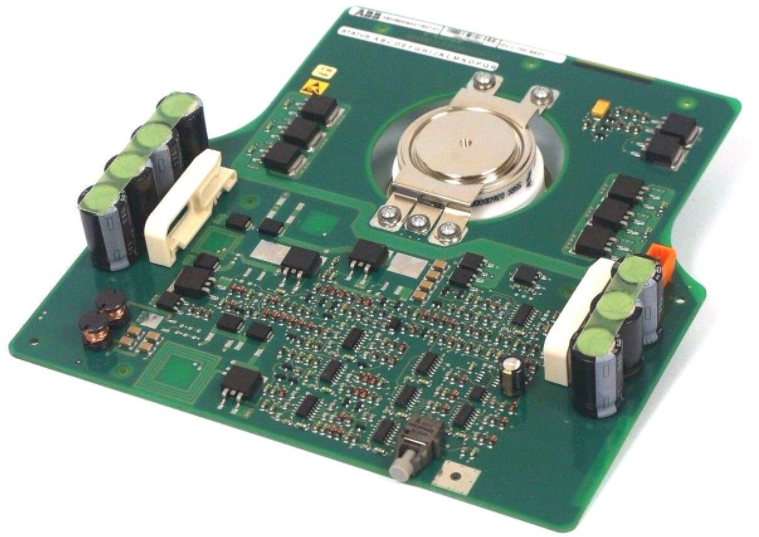ABB 5SHX10H6004 Control Signal Processing Module
Precautions
Installation environment: It should be installed in a dry, well ventilated, non corrosive gas and dust free place, avoiding direct sunlight. The ambient temperature should be maintained within the operating temperature range specified by the product to prevent module performance from being affected by high or low temperatures. At the same time, it is necessary to stay away from strong electromagnetic interference sources, such as large motors, transformers, etc., to avoid interfering with signal transmission and processing.
Electrical connection: When making electrical connections, it is necessary to strictly follow the requirements of the product manual. Ensure that the specifications of the input and output signal lines and power lines are appropriate, the connections are secure, and avoid issues such as looseness, short circuits, or open circuits. Special attention should be paid to the correctness of the power polarity to prevent damage to the module due to power connection. At the same time, it is necessary to ensure good grounding, and the grounding resistance should meet the requirements of relevant standards to improve the anti-interference ability and safety of the system.
Parameter setting: Before being put into use, professional technicians need to correctly set various parameters of the module according to actual application needs, such as sampling frequency, signal range, communication baud rate, etc. Improper parameter settings may lead to signal processing abnormalities, communication failures, and other issues. After setting up, carefully check the parameters to ensure accuracy.
Maintenance: Regularly inspect and maintain the module to check for any damage to the appearance of the equipment and aging of the connecting cables. Regularly clean the dust on the surface of the module to prevent the accumulation of dust from affecting heat dissipation and electrical performance. At the same time, regular performance testing and calibration of modules should be conducted based on usage to ensure that they are always in optimal working condition. For some vulnerable parts, such as filter capacitors, communication interface chips, etc., they should be replaced regularly according to their service life.
Fault handling: When a module generates a fault alarm, the relevant equipment should be immediately stopped and the cause of the fault should be analyzed by referring to the product manual based on the fault indicator light or fault code. Do not forcefully restart the module until the fault has been resolved, in order to avoid more serious damage. For some simple faults, such as loose cables, incorrect parameter settings, etc., they can be self checked and resolved; For complex faults, it is recommended to promptly contact ABB's professional technical support personnel for maintenance and handling.
Model Supplement
ABB CH-3185 3BHL000986P1006
ABB 500MBA01 1MRB150003R0002 1MRB200053/L
ABB 500MBA02 1MRB150003R000/B
ABB 500MBA02 1MRB150003R0003 1MRB200053/M
ABB 3BHE022294R0103 GFD233A103
ABB 3BHE023784R1023 PP D113 B01-10-150000
ABB 3BHE004573R0145 UFC760BE145
ABB 3BSE076940R1 PM862K01 AC 800M
ABB PPD113 B03-23-100110 3BHE023584R2334
ABB XFD213A 3BHE028122R0001
ABB AO845A-eA
ABB D2D146-AA28-28
ABB DSMB-02C
ABB CTB810,HN800
ABB PNI800 Base MB805
ABB DSAO120

- EMERSON
- Honeywell
- CTI
- Rolls-Royce
- General Electric
- Woodward
- Yaskawa
- xYCOM
- Motorola
- Siemens
- Rockwell
- ABB
- B&R
- HIMA
- Construction site
- electricity
- Automobile market
- PLC
- DCS
- Motor drivers
- VSD
- Implications
- cement
- CO2
- CEM
- methane
- Artificial intelligence
- Titanic
- Solar energy
- Hydrogen fuel cell
- Hydrogen and fuel cells
- Hydrogen and oxygen fuel cells
- tyre
- Chemical fiber
- dynamo
- corpuscle
- Pulp and paper
- printing
- fossil
- FANUC
- Food and beverage
- Life science
- Sewage treatment
- Personal care
- electricity
- boats
- infrastructure
- Automobile industry
- metallurgy
- Nuclear power generation
- Geothermal power generation
- Water and wastewater
- Infrastructure construction
- Mine hazard
- steel
- papermaking
- Natural gas industry
- Infrastructure construction
- Power and energy
- Rubber and plastic
- Renewable energy
- pharmacy
- mining
- Plastic industry
- Schneider
- Kongsberg
- NI
- Wind energy
- International petroleum
- International new energy network
- gas
- WATLOW
- ProSoft
- SEW
- wind
- ADVANCED
- Reliance
- YOKOGAWA
- TRICONEX
- FOXBORO
- METSO
- MAN
- Advantest
- ADVANCED
- ALSTOM
- Control Wave
- AB
- AMAT
- STUDER
- KONGSBERG
- MOTOROLA
- DANAHER MOTION
- Bently
- Galil
- EATON
- MOLEX
- Triconex
- DEIF
- B&W
- ZYGO
- Aerotech
- DANFOSS
- KOLLMORGEN
- Beijer
- Endress+Hauser
- MOOG
- KB
- Moxa
- Rexroth
- YAMAHA
- Johnson
- Westinghouse
- WAGO
- TOSHIBA
- TEKTRONIX
- BENDER
- BMCM
- SMC


Email:wang@kongjiangauto.com



































































































































